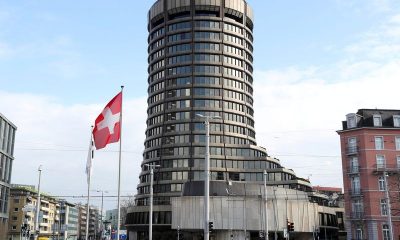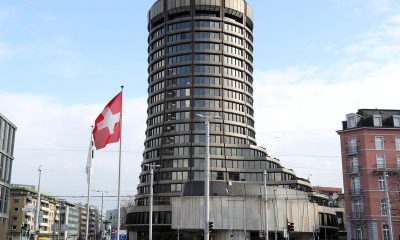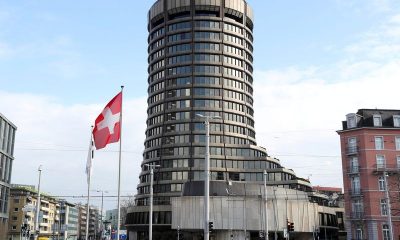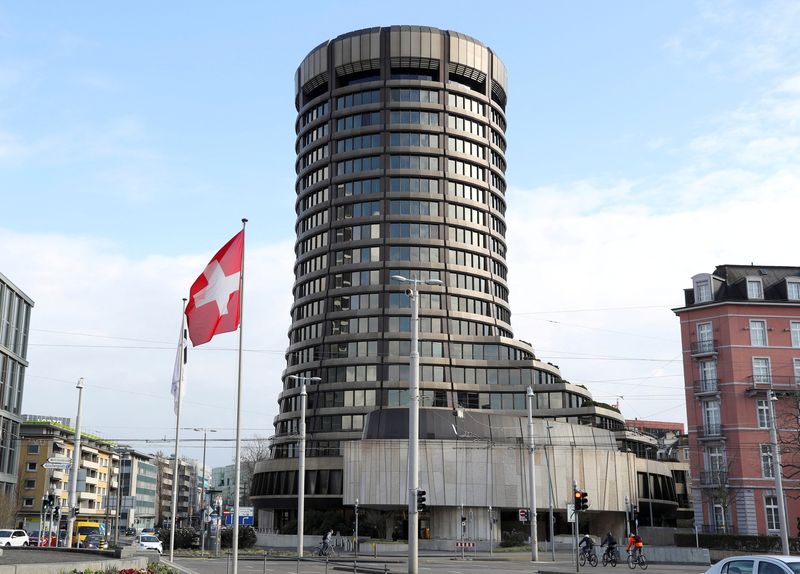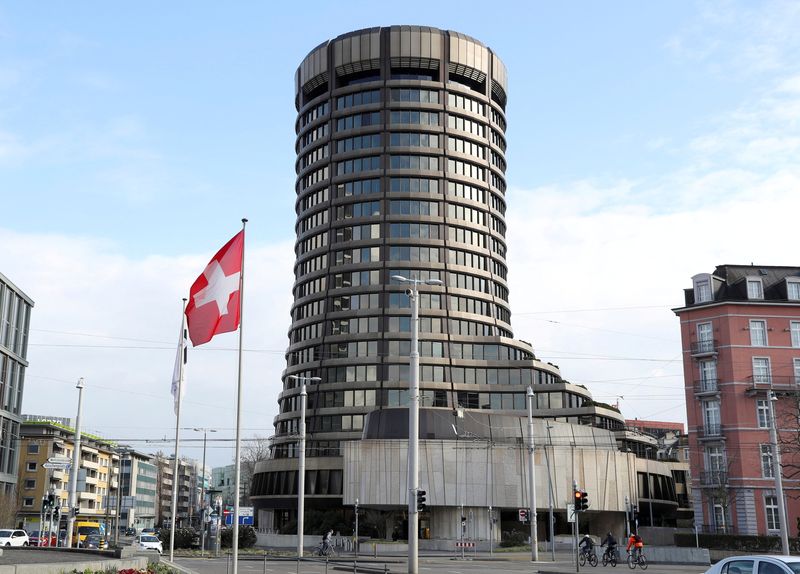Forex
Euro falls after ECB holds rates, dollar climbs after data
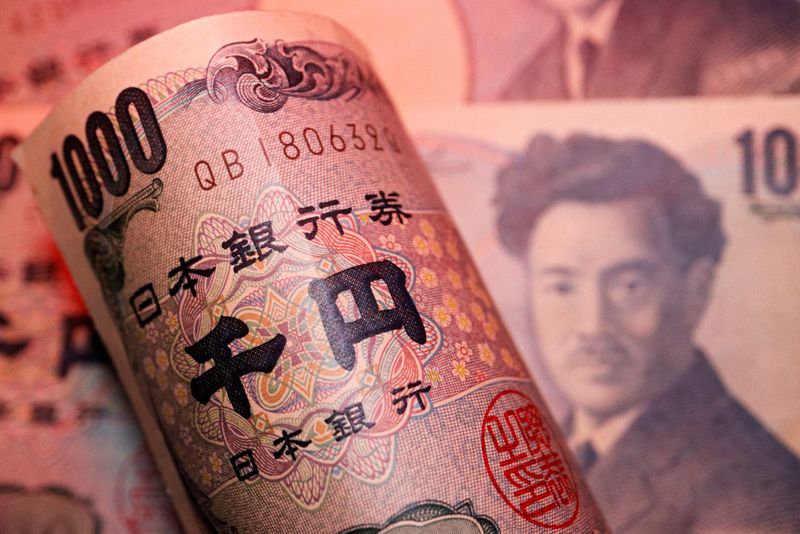
By Chuck Mikolajczak
NEW YORK (Reuters) -The euro fell on Thursday after the European Central Bank kept rates steady, as was widely expected, while the climbed after stronger-than-expected data on the U.S. labor market and manufacturing.
The ECB gave no insight into its next move, arguing that domestic price pressures remain high and inflation will be above its target well into next year, leaving the market to decipher comments from President Christine Lagarde for clues on the central bank’s next move.
“Compared to the Fed, the ECB may have been the first to cut, but they won’t be the fastest. When the ECB cut last it was a cautious cut, now every meeting is going to be a live meeting where the data will dictate every move,” said Brian Jacobsen, chief economist at Annex Wealth Management in Menomonee Falls, Wisconsin.
“When the Fed cuts, it will be a confident cut where even a month or two of bad data won’t take them off their cutting path. It’s annoying that the Fed is waiting so long to cut, but ultimately it will make for a clearer path.”
The euro was down 0.37% at $1.0897, a day after hitting a four-month high of $1.0947. It was poised for its biggest daily percentage drop in a month.
On the U.S. front, weekly initial jobless claims jumped by 20,000 to 243,000, above the 230,000 estimate of economists polled by Reuters, although it is not considered to be a notable shift in the labor market due to seasonal factors.
In addition, a gauge of manufacturing activity in the U.S. Mid-Atlantic region expanded more than expected in July, boosted by a surge in new orders.
The dollar index, which measures the greenback against a basket of currencies, gained 0.49% at 104.18 a day after touching a four-month low of 103.64, and was on track for its biggest daily percentage gain since June 13.
The Federal Reserve is scheduled for its next policy announcement at the end of July. Markets expect only a slight chance for a cut of at least 25 basis points (bps), while almost completely pricing in a cut at its September meeting, according to CME’s FedWatch Tool.
Fed officials expected to speak on Thursday include Bank of San Francisco President Mary Daly and Governor Michelle Bowman.
Against the Japanese yen, the dollar strengthened 0.7% to 157.26, rebounding from a drop in the prior session that sparked speculation of intervention by the Bank of Japan. Analysts also attributed the weakness to comments from U.S. presidential candidate Donald Trump about the dollar’s strength.
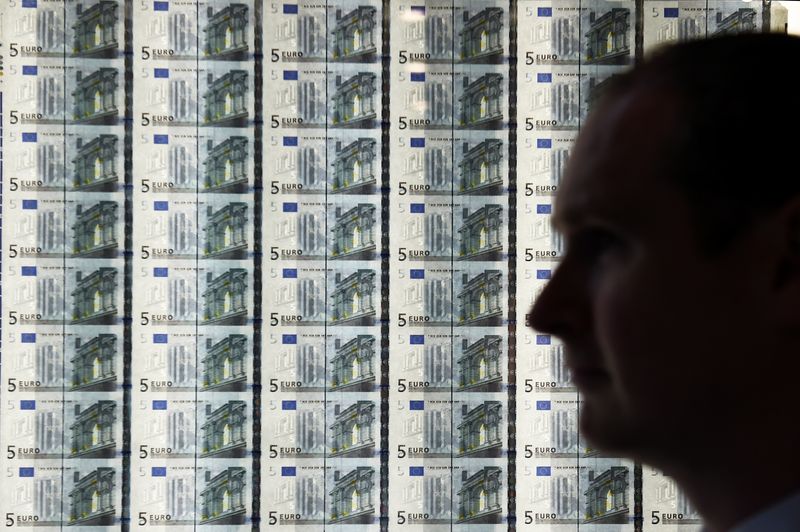
Sterling weakened 0.5% at $1.2945 after British data showed wages grew at a slower pace, but was still strong enough to keep doubts about an upcoming rate cut from the Bank of England afloat.
In cryptocurrencies, bitcoin fell 1.70% to $63,428.00. declined 0.62% to $3,394.90.

 Forex3 years ago
Forex3 years agoForex Today: the dollar is gaining strength amid gloomy sentiment at the start of the Fed’s week

 Forex3 years ago
Forex3 years agoUnbiased review of Pocket Option broker

 Forex3 years ago
Forex3 years agoDollar to pound sterling exchange rate today: Pound plummeted to its lowest since 1985

 Forex3 years ago
Forex3 years agoHow is the Australian dollar doing today?

 Cryptocurrency3 years ago
Cryptocurrency3 years agoWhat happened in the crypto market – current events today

 World3 years ago
World3 years agoWhy are modern video games an art form?

 Commodities3 years ago
Commodities3 years agoCopper continues to fall in price on expectations of lower demand in China

 Economy3 years ago
Economy3 years agoCrude oil tankers double in price due to EU anti-Russian sanctions

